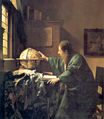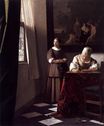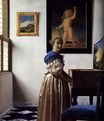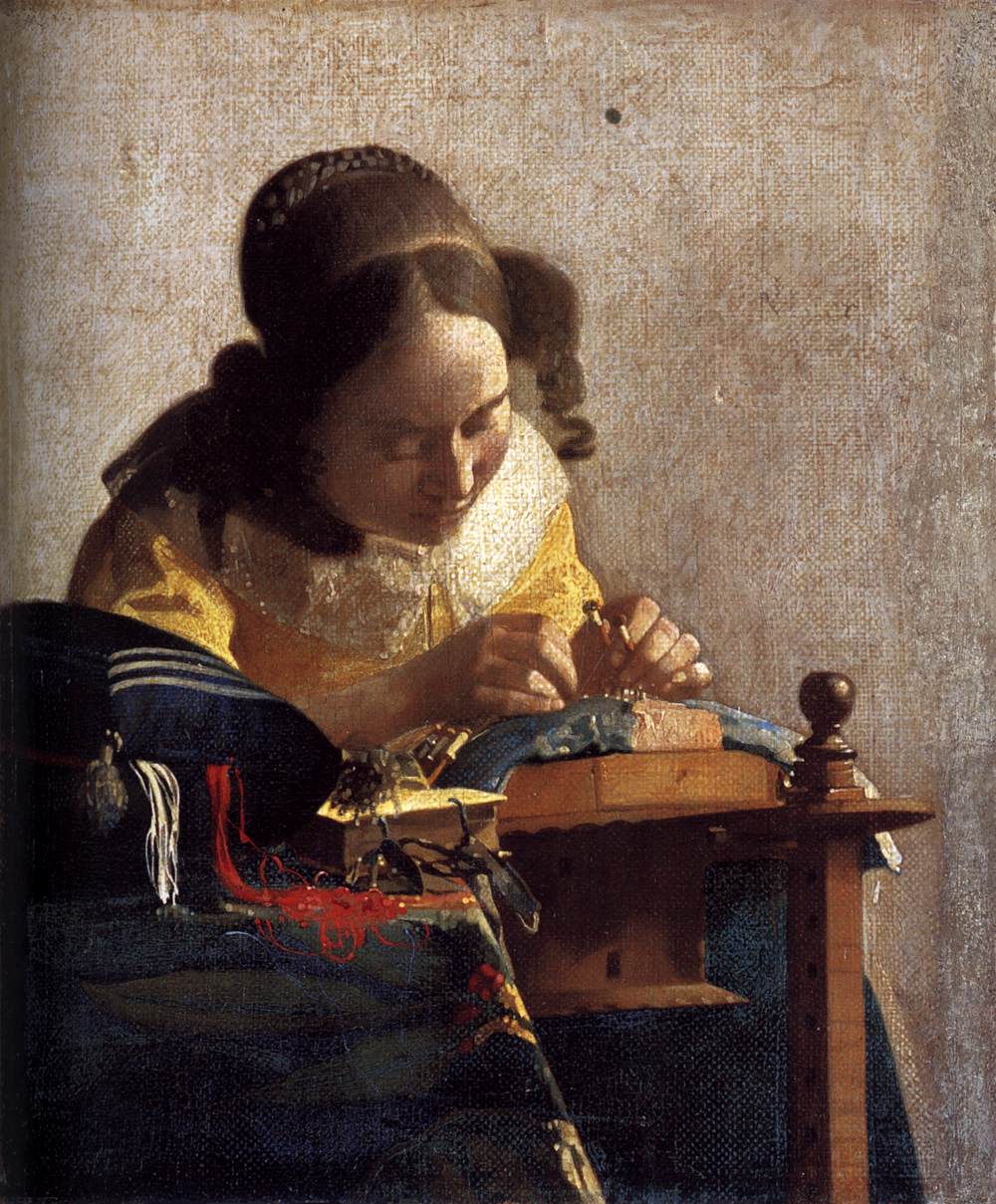Johannes Vermeer - The Lacemaker 1669-1671
 |
 |
 |
 |
 |
 |
 |

The Lacemaker 1669-1671
24x21cm oil/canvas
Louvre, Paris, France
The image is only being used for informational and educational purposes
<< Previous G a l l e r y Next >>
From Louvre, Paris:
Renoir considered this masterpiece, which entered the Louvre in 1870, the most beautiful painting in the world, along with Watteau's Pilgrimage to the Island of Cythera, also in the Louvre. A young lacemaker, undoubtedly a member of the Delft bourgeoisie, is hunched intently over her work, deftly manipulating bobbins, pins and thread on her sewing table. The theme of the lacemaker, frequently depicted in Dutch literature and painting (notably by Caspar Netscher) traditionally illustrated feminine domestic virtues. The small book in the foreground is probably the Bible, which reinforces the picture's moral and religious interpretation. But this is also, as in Vermeer's famous Milkmaid (circa 1658, Rijksmuseum, Amsterdam), one of the peeks into domestic privacy that so fascinated him. He loved to observe the everyday objects around him and paint different combinations of them in his works: he used the same piece of furniture and Dutch carpet with leaf motifs in several of his pictures.